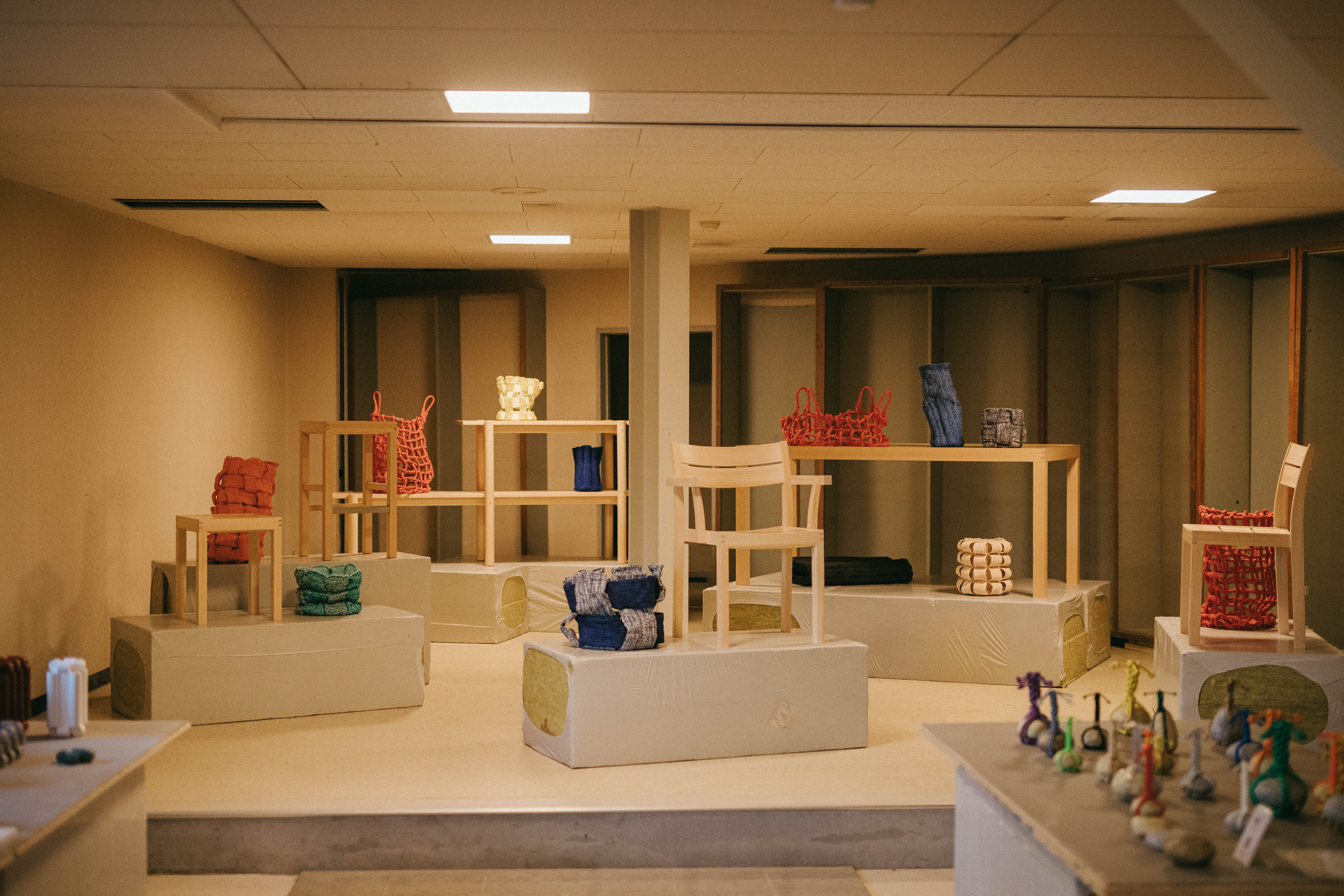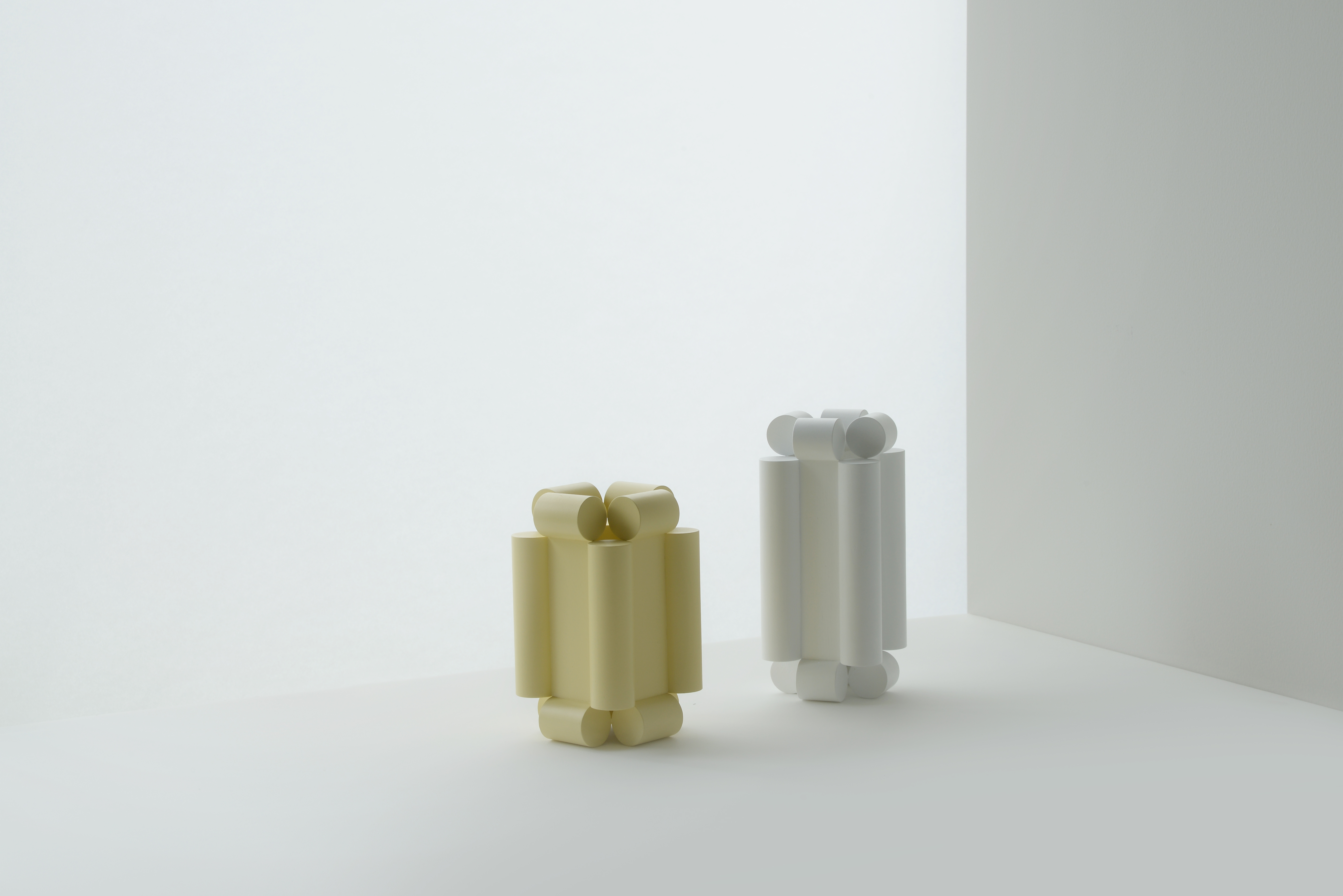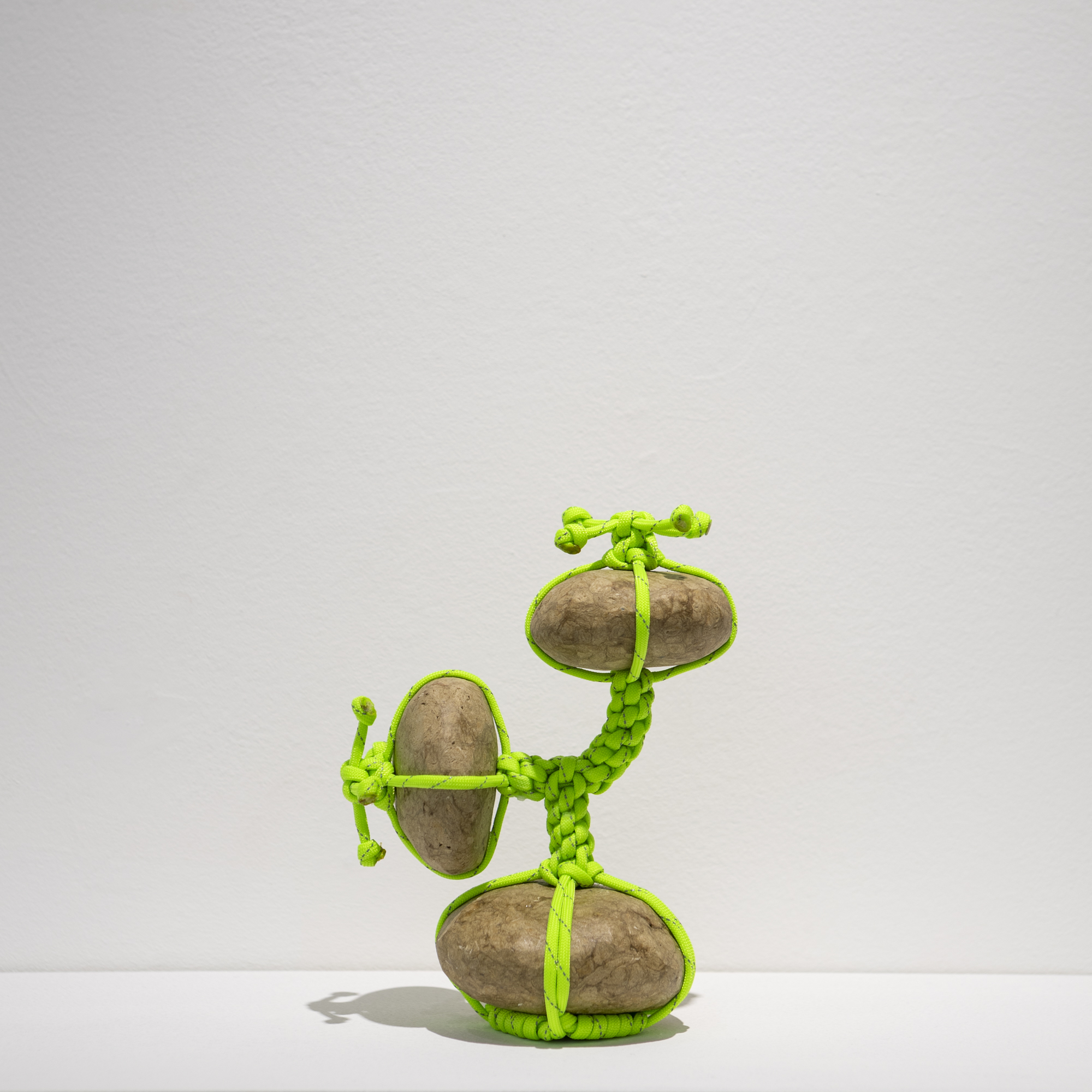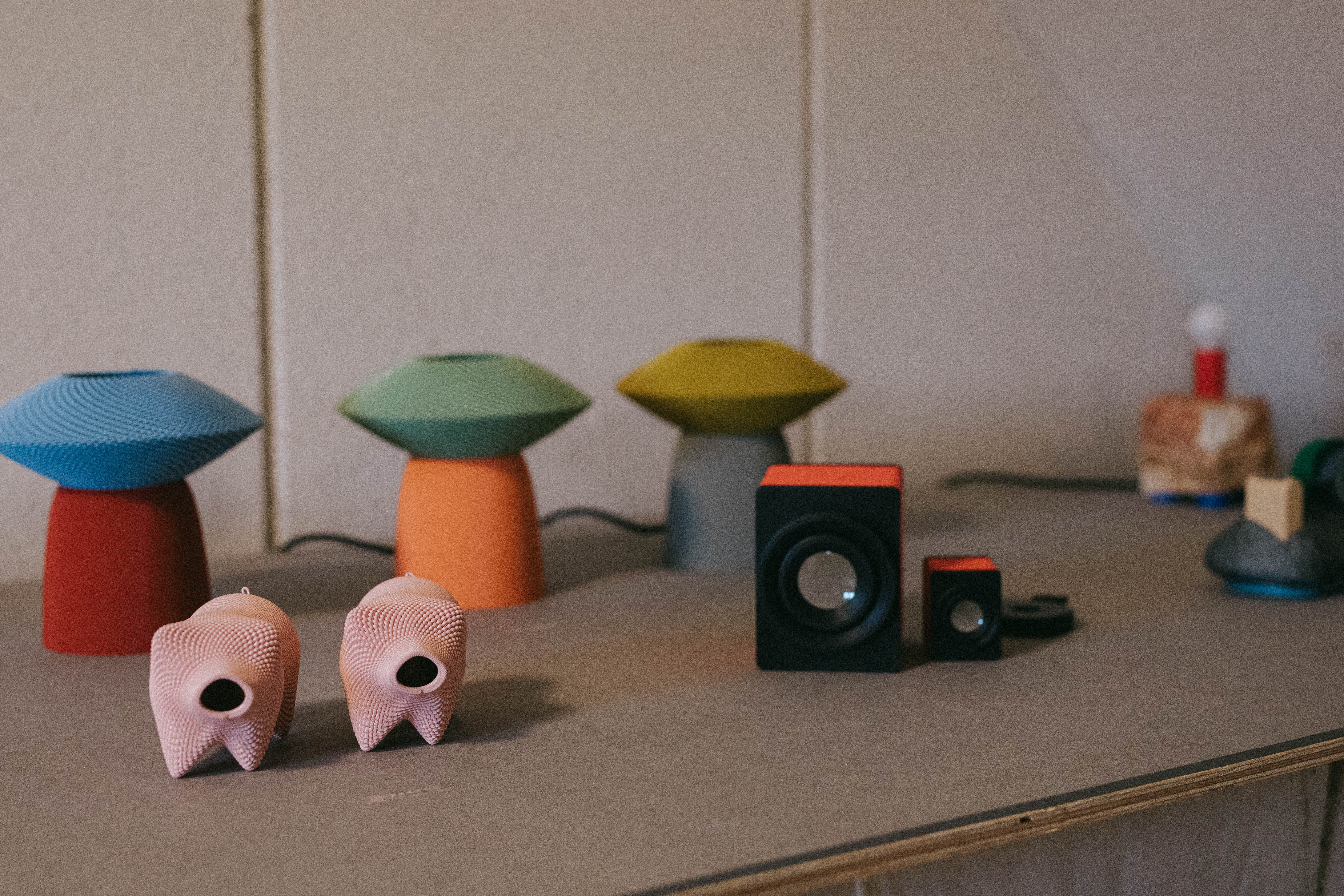
The Miyota Design Weekend’s (MDWE) inaugural launch aimed at pairing beautiful countryside with exciting new design, with a showcase set at the foot of the magnificent Mt. Asama in Nagano prefecture, Japan.
The brainchild of a group of local creatives, who have moved to the small community in search of a slower more connected lifestyle, MDWE invited designers to showcase their work at a handful of different locations around the city with the Haluta Blå, a small hotel in the process of being renovated, serving as the main exhibition hub.
Miyota Design Weekend 2023

Furniture from MAS by Karimoku, the delicate series of Hinoki furniture designed by local Miyota residence Wataru Kumano and simple DIY-ish stools and benches from Ishinomaki Laboratory together with skillfully crafted lamps by New Light Pottery represented the more established brands at Haluta Blå.


Invited to the design weekend by MDWE supporter and charismatic buyer Yu Yamada, several lesser known designers and creators delighted with works from traditionally made washi paper objects to 3D printed radios. Our three favourites? Dai Ukawa’s monotone wooden vessels, playfully named Bou Bou from the Japanese word for rod - bou - seems to defy physics as none of the 30mm pieces of rods that make up the sculptures meet at any one point. Ukawa not only designs these alluring objects, but also manufactures them.

While Gen Taniguchi’s family has been making traditional Japanese washi paper for more than 300 years, as the 12th generation head of the family business, Taniguchi’s tomeishi are not afraid of mixing traditions with electrical wiring, plastic tubes or LAN cables. Tomeishi are normally made by wrapping a piece of string such that the string stands up in the air around a rock and are used in Japanese gardens as sophisticated traffic cones as the name - stopping stone - literally implies. Taniguchi uses washi paper for the “stones” and colourful wires, ropes and tubes for the string.

Shinkogeisha, a design collective from Kyoto, brought a 3D printer, producing some of their delightful 3D printed objects over the weekend. Rather than try and smoothen out the irregularities usually resulting from printing an object, they embrace the almost knitted quality of the print in a series of objects such as a simple pen, desk clock, portable radio and various shapes and sizes of vessels. Their sculptural tape dispensers are made by meticulously 3D scanning natural rocks, and then printing a tape holder and cutter to the exact contours of the particular stone, rendering every dispenser unique.
The combination of innovative design and countryside worked wonderfully as a weekend getaway, but the event also seemed to be a big hit among locals who perhaps are not usually exposed to this kind of creativity in their own backyards. Here's hoping the Miyota Design Weekend will be back next year for more.







